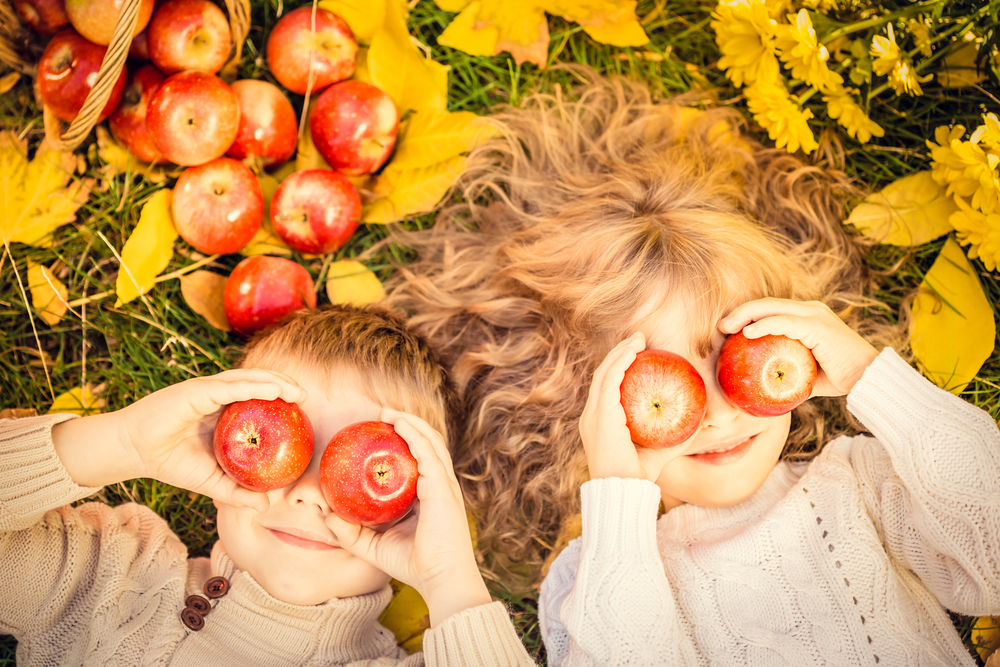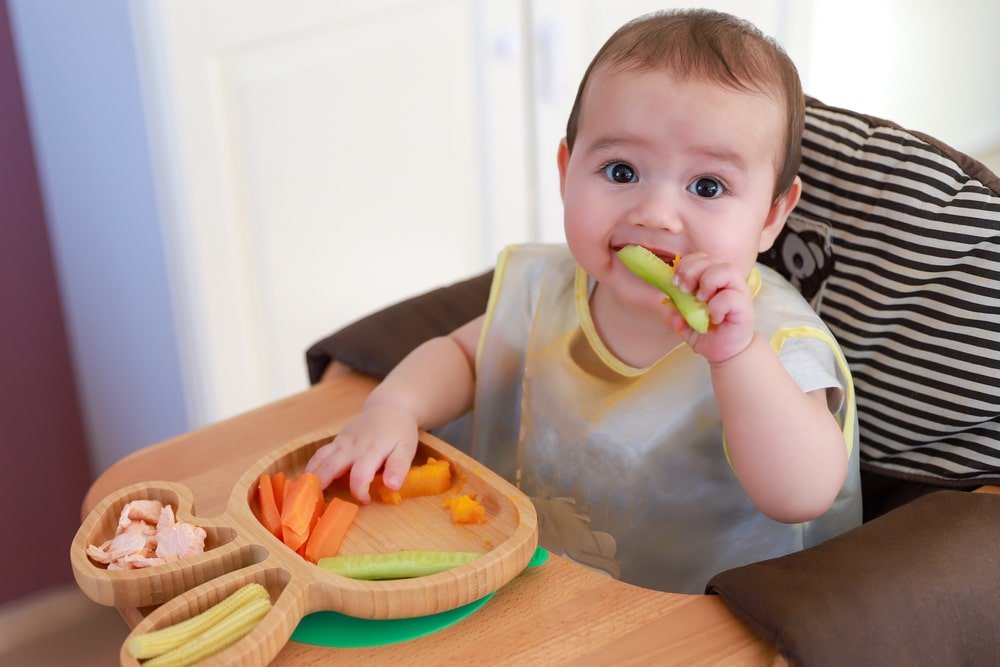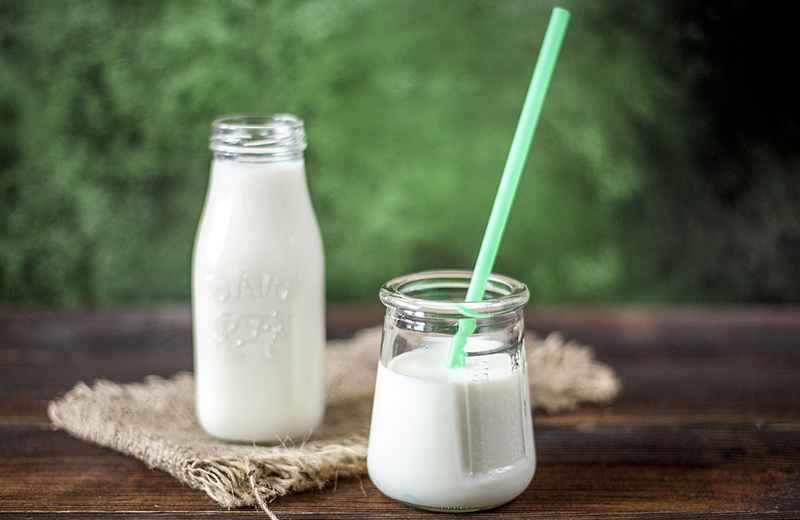Mothers’ Stories
Clean, organic, smart eating: Making better choices

If the title of this article intrigued you, then that’s a great start. Turning a blind eye to the ingredient list on a package is a thing of the past, and knowingly feeding your kids ”E” colors, additives, or preservatives will fill your heart with guilt pangs like never before. The more we know about our off-the-shelf groceries, the more we regret ever buying them and feeding them to our families. Feeding your family right starts at the grocery store, or better yet, the farmer’s market; reading the ingredients on every pack of food you normally consume, is a must, here’s a general list of things that sound alarms in my head when I’m scouting a new packaged item, and I use this as a rough guideline to make logical decisions:
Length
How long is the ingredient list? Aim to cut your packaged goods pantry to a minimum, 2 or 3 natural ingredients is fine, but an endless ingredient list is sure to be riddled with things you don’t want your little ones consuming.
Order
Ingredients are listed in order of amount; the first ingredient listed is the largest in quantity; if it lists a fat or sugar as the first ingredient then you don’t want it.
Unnatural Ingredients
Also masked by fancy and chemical names, one thing is for sure, most E-colors (the letter E followed by 3 numbers), additives and preservatives are harmful; it’s a general rule but it works for my family. Terms like anti-caking agent and stabilizer are also ones to avoid.
Sugar
There is an endless possibility of what sugar might be listed as; names like high fructose corn syrup, is just one of a wide array of choices. Avoid unnaturally sweetened foods, try to stick to basic ingredients you can sweeten yourself at home with juices, dates, honey or maple syrup (the real one).
Fat
So many to avoid, such as trans-fats and hydrogenated oils, your best bet is to go with the ones you do know, such as coconut, safflower, canola and olive.
Salt
The most important thing to remember is to avoid salt if you’re buying a product for a child under the age of one. I highly recommend avoiding salty foods as much as possible, leaving you the freedom to season the food yourself and preferably with sea salt not iodized table salt or even better yet, Himalayan Sea Salt.
Research
Subscribe to sites that might give you an insight about ingredients and foods to avoid, there’s so much information out there, we have to start somewhere, choosing a few reliable choices will bring your attention to things that will improve your family’s health. A while back I came across an article about “Vanillin”, an ingredient that sounds harmful and what I thought was safe to assume was “Vanilla” but boy was I wrong! One of its primary ingredients is Monosodium Glutamate (MSG) which spark a really long list of side effects, according to the Mayo Clinic, such as migraines, weakness, and chest pain (only to name a few).
Price
Think about the family sized bag of chips costing less than a lettuce leaf, something must be wrong! Ingredients shouldn’t be cheap; it usually indicates that they’ve been mass-produced with a wonderful cheap cocktail of synthetic chemicals. You might be paying a premium for an organic 1-ingedient peanut butter, but then again, all you need is a good blender and 2 cups of peanuts to make it yourself.
Time
If something claims to cut your cooking time in half then they’ve added chemicals to cozily preserve the ingredients for you. Nothing angers me more than ready-made pancake mix! You can make an entire jar of pancake mix to last you for a month for a fraction of the price if you make it yourself at home, with good, clean ingredients. Which brings me to the new trend called “Clean Eating”: Clean Eating In a nutshell, eat the ingredients as close to their natural state as possible. Avoid processed and artificial food, white sugar, bleached white flour, or any other processed ingredient. Take it back to the way our ancestors ate their food; we seem to be craving more of the old days of home baked breads, freshly picked salads and basic healthy hearty meals.
Our ancestors ate what they grew and picked what they needed, none of which was grown using mysterious chemicals and pesticides, which brings us to the most recent and fastest growing trend: Organic Eating Yes, it might cost more than supermarket produce, that’s the first thing you hear about it, but when you spend more money on organic produce you will find yourself planning your meals better, cooking smarter and most importantly, you spend less on visits to your doctors and pediatricians! Knowing where your food comes from is another great benefit; make sure you’re buying local. Visiting a local organic farmer with your family would provide you with more information and an educational experience for your kids. Pesticide and chemical-free produce might not look perfect, but the taste is so worth that early morning trek to the Saturday farmer’s market. When it comes to packaged foods labelled “organic”, beware! Not all organic food is healthy food!
Being pesticide-free doesn’t mean it won’t have any harmful sweeteners or fats, it’s still processed. Making it at home, if you can find the time, is still your best option.
Armed with a handful of guidelines, you can start feeding your family right. It truly does make a difference! My husband and I made a new years’ resolution to focus on what we eat, almost a year has passed and we’ve felt the difference already. Fewer doctor’s visits, happier eating, teaching the kids about the food they eat (because you’ll always be proud of what you’ve made them). Start applying the rules with the packaged foods you normally buy. You’ll never pick-up another pack of flavored milk once you realize how much white sugar goes into it!














